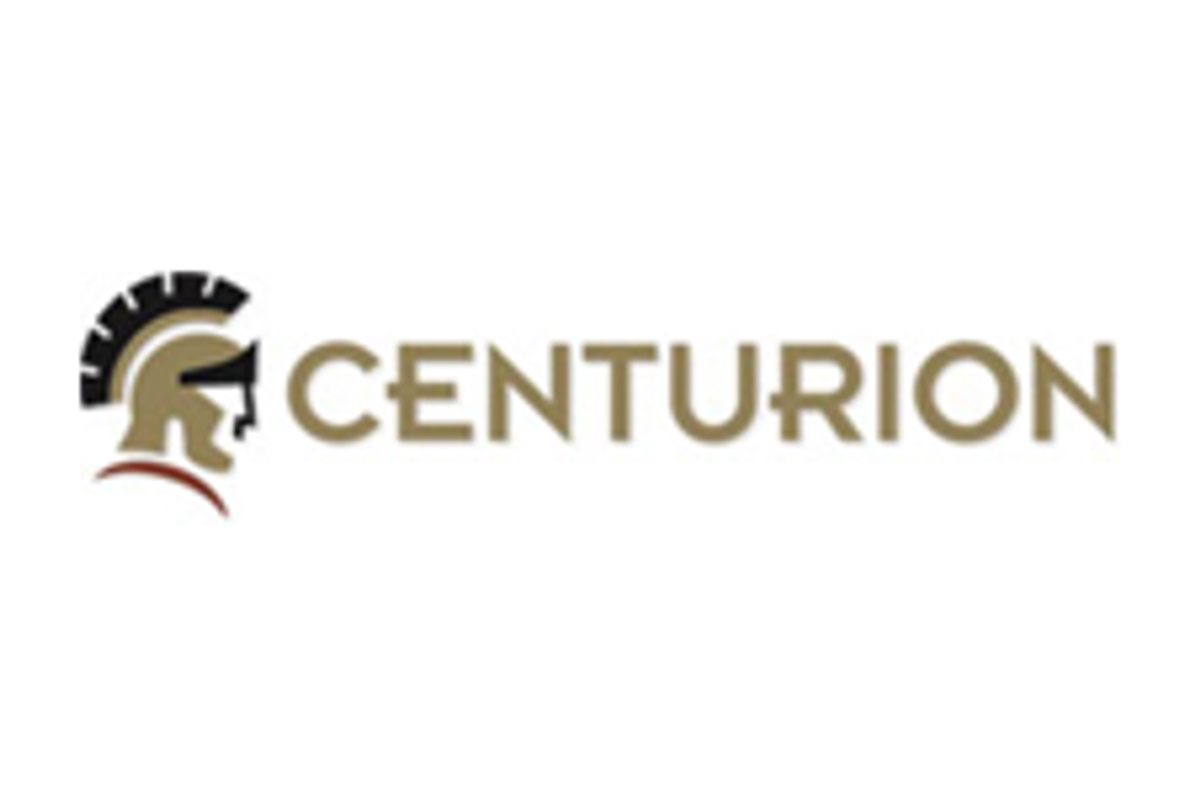
June 21, 2023
Step-Out Drilling Confirms Additional Shallow Gold Zone Over +400m
Tesoro Gold Limited (Tesoro or the Company) (ASX:TSO, OTCQB:TSORF) is pleased to report assay results returned from extensional drilling of the Ternera Gold Deposit (Ternera). These results confirm the continuity of a shallow, high-grade southern extension to the Ternera mineralisation along the Dorado Fault Zone (DFZ).
HIGHLIGHTS
- Step-out drilling targeted potential mineralisation along the DFZ, up to 420m south of the existing Ternera Mineral Resource Estimate (MRE) boundary.
- Results confirm the continuity of shallow sediment-hosted gold mineralisation over this extent, and that this mineralisation remains open to the south.
- Best results included:
- 0.40m @ 8.81g/t Au from 156.60m (ZDDH0322).
- 1.10m @ 1.28g/t Au from 24.30m (ZDDH0323), and;
- 9.30m @ 0.98g/t Au from 42.20m including;
- 2.50m @ 1.93g/t Au from 42.20m; and
- 1.85m @ 2.05g/t Au from 48.80m.
- 9.30m @ 0.98g/t Au from 42.20m including;
- 13.73m @ 0.76g/t Au from 53.90m (ZDDH0324A), including;
- 1.50m @ 1.77g/t Au from 54.50m;
- 1.30m @ 4.07g/t Au from 65.00m; and
- 0.50m @ 3.18g/t Au from 112.00m.
- 1.50m @ 1.77g/t Au from 54.50m;
- 4.50m @ 1.32g/t Au from 215m (ZDDH0325).
- Continuous shallow gold mineralisation also extended to the west of the Ternera deposit, providing further target zones for resource growth drilling:
- 3.00m @ 2.70g/t Au from 16m (ZDDH0321), including;
- 1.00m @ 7.63g/t Au from 9m.
- 1.00m @ 7.63g/t Au from 9m.
- 3.00m @ 2.70g/t Au from 16m (ZDDH0321), including;
- Drilling currently underway at the untested Kitsune target, approximately 2.5km north of Ternera.
- Since recommencement of drilling in January 2023, 21 holes have been completed for 4,247m, with assays outstanding for 4 holes.
Tesoro Managing Director, Zeff Reeves, commented:
“The recent drilling has successfully delineated shallow, continuous gold mineralisation extending over 400m south of the existing Ternera MRE boundary. This extension has been drilled on multiple sections and potentially may deliver a large additional strike extent from which to add ounces to the existing 1.3Moz MRE (802koz Indicated, 479oz. Inferred).1 Importantly, this emerging southern extension remains open to the south. When coupled with the other zones of Ternera, there is a clear pathway from which we are targeting substantial increases to the existing Ternera MRE.
“We are also now excited to be drilling at the Kitsune target to the north of Ternera. While the Ternera Deposit has significant further growth potential, this regional drilling is targeted at demonstrating the broader district-scale potential of the El Zorro Gold Project.”
Southern Ternera Extension
Assay results have been received for the final seven holes of a 17-hole, 3,635m program completed at Ternera. The program was designed to test the interpreted location of the Dorado Fault Zone (DFZ), a primary control on gold mineralisation at Ternera. The DFZ is a 20m to 100m wide zone of faulting and associated brecciation, quartz veining and alteration that has been mapped over 10km from south to north (refer Figure 2).
Holes ZDDH0322 to ZDDH0325 all targeted the southern extension of the DFZ and have confirmed the continuity of gold mineralisation within the DFZ up to 420m south of the existing Ternera 1.3Moz MRE boundary.
Hole ZDDH0321 was drilled targeting the southern extension of a high-grade shallow gold zone in the west of the Deposit. The hole returned a positive result which confirmed the location and continuity of gold mineralisation over 400m and sits outside the existing MRE.
Regional Target Drilling Commenced
Drilling has now commenced at the Kitsune target, with two holes having been completed to date. Kitsune is located approximately 2.5km north of Ternera, with a large surface gold anomaly where the DFZ crosses the favourable EZT lithologies having been identified. The initial program at Kitsune comprises six holes.
One hole has also been completed at the Toro Blanco target, located approximately 1km north of Ternera, with assays pending.
Click here for the full ASX Release
This article includes content from Tesoro Gold Ltd, licensed for the purpose of publishing on Investing News Australia. This article does not constitute financial product advice. It is your responsibility to perform proper due diligence before acting upon any information provided here. Please refer to our full disclaimer here.
The Conversation (0)
18h
Hidden Gem: How Intrusion-related Gold Deposits Could Fuel Next-generation Discoveries
With the gold price continuing to hover near all-time highs and major producers scouring the globe for new large-scale deposits, one type of gold system is emerging as a potential game changer. Intrusion-related gold systems (IRGS) have already yielded multimillion-ounce mines, like Kinross... Keep Reading...
18h
Finding Gold: Exploring New Zealand’s Next Big Discovery
Despite its rich mining legacy, New Zealand remains one of the most underexplored frontiers for gold in the developed world. Now, with advanced exploration tools and a new generation of explorers, the country is emerging as a hotbed of untapped investment opportunity.Modern exploration... Keep Reading...
29 December
Centurion Minerals: Abitibi's Gold Gem
Centurion Minerals (TSXV:CTN) is a Canadian gold exploration company focused on the world-class Abitibi greenstone belt. The company offers investors an early-stage entry point into a strategically located gold exploration company positioned within one of North America’s most prolific and active... Keep Reading...
Latest News
Interactive Chart
Latest Press Releases
Related News
TOP STOCKS
American Battery4.030.24
Aion Therapeutic0.10-0.01
Cybin Corp2.140.00




